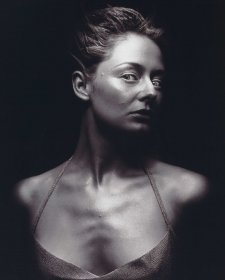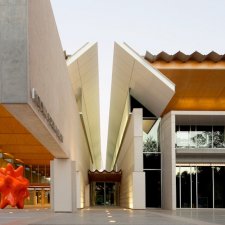- About us
- Support the Gallery
- Venue hire
- Publications
- Research library
- Organisation chart
- Employment
- Contact us
- Make a booking
- Onsite programs
- Online programs
- School visit information
- Learning resources
- Little Darlings
- Professional learning
Desiderius Orban OBE (1884-1986) taught himself to paint while a student at the university of Budapest. Following compulsory military service with the Austro-Hungarian Army in 1905, he moved to Paris where he briefly studied at the Académie Julian and was a member of a circle of artists that included Matisse and Picasso. He returned to Budapest the following year to become nucleus of a group called Keresők (The Seekers), which evolved into the Eights. The group introduced cubism and fauvism to Hungarians. After war service, Orban exhibited in Czechoslovakia, Romania and Hungary, and established the Budapest Arts and Crafts Academy. Forced to flee Nazism in 1939, when he was 55, he migrated with his wife and son to Sydney, where he worked as a textile designer and printer before holding his first show in 1943. That year he established an art school, in which he inspired students including Margo Lewers, Judy Cassab and John Olsen. Orban is credited with opening up new avenues of artistic freedom in mid-twentieth century Sydney. The public benefited from his tutelage in summer schools and via ABC radio, and from his books A Layman’s Guide to Creative Art (1968), Understanding Art (1968) and What is Art All About? (1975). In 1975, Orban was awarded his OBE for his services to The Arts and in 1984, while still painting at the age of 100, he received the honorific title: Doctor of Letters (in Art) by the University of New England. His work is represented in the National Gallery of Australia and all Australian state galleries.
Collection: National Portrait Gallery
Gift of the artist 2017
John Caldwell (2 portraits)



On one level The Companion talks about the most famous and frontline Australians, but on another it tells us about ourselves.



Eye to Eye is a summer Portrait Gallery Collection remix arranged by degree of eye contact – from turned away with eyes closed all the way through to right-back-at-you – as we explore artists’ and subjects’ choices around the direction of the gaze.



Visit us, learn with us, support us or work with us! Here’s a range of information about planning your visit, our history and more!